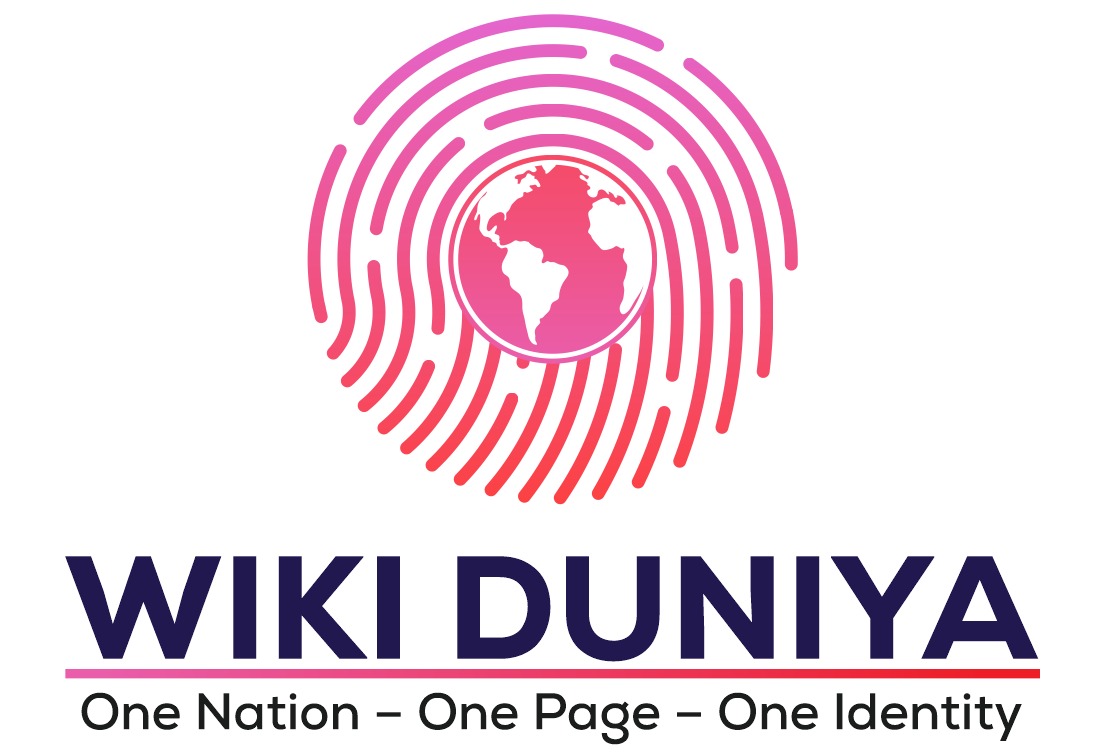
How Students Can Use QR Codes in Their Resume
Introduction
How Students Can Use QR Codes in Their Resume is becoming an important topic in modern job applications. With most recruiters in India now scanning through resumes digitally, a QR code can turn a simple document into an interactive, multimedia experience. It allows students to showcase their work beyond the limits of a one-page resume — linking recruiters directly to portfolios, videos, LinkedIn profiles, or project demonstrations. In 2025, when competition for internships and entry-level jobs is tougher than ever, adding a QR code is one way to make your application stand out while keeping it professional.
1. Why QR Codes Are Useful for Students
For students, space on a resume is limited. You may have projects, certificates, videos, or designs that cannot all fit on one page. A QR code gives recruiters instant access to your extended profile without crowding the document. It also signals that you are tech-savvy and up to date with current hiring trends. In India, especially for fields like engineering, design, media, or IT, QR codes can be an effective bridge between a recruiter’s curiosity and your complete skill set.
2. What You Can Link Through a QR Code
A QR code can lead to various resources that add depth to your application.
For example:
- A personal web page that summarises your profile, skills, and achievements.
- A digital portfolio showcasing academic projects, coding work, or design samples.
- Your LinkedIn profile or GitHub account for professional networking and project history.
- A video introduction, where you briefly talk about yourself and your career goals.
- Online certificates or competition results that verify your achievements.
When choosing what to link, ensure it is relevant to the role you are applying for and presents you in a professional light.
3. How to Create a QR Code for Your Resume
There are free and paid tools available online for generating QR codes. Many allow you to customise the colour and shape to match your resume’s design. For students, it’s better to use a short and clean URL before converting it to a QR code — this ensures the code is less dense and easier to scan. Always test your QR code on multiple devices before finalising the resume.
4. Best Practices for Placing a QR Code
Placement matters. The QR code should be easy to find but should not dominate the layout. Common placements include:
- Top right corner of the resume, next to your name and contact information.
- At the bottom of the resume with a note such as “Scan to view full portfolio.”
- In the “Projects” or “Achievements” section, linked directly to relevant work samples.
Avoid placing more than one QR code on your resume — it can look cluttered and confuse the recruiter.
5. Making Sure Your QR Code Content Is Mobile-Friendly Recruiters often check resumes on their mobile phones. If they scan your QR code and it leads to a page that is not mobile-friendly, it may leave a poor impression. Whether you are linking to a website, PDF, or video, test it on both smartphones and laptops to ensure smooth loading and easy navigation.
6. Security and Professionalism in QR Codes
Never link your QR code to personal social media accounts unless they are part of your professional identity (such as a curated Instagram portfolio for photography students). Ensure that the linked content is free from unrelated personal posts, ads, or pop-ups. Remember, the QR code becomes a direct reflection of your personal brand.
7. The Impression QR Codes Create for Recruiters
Adding a QR code shows initiative and creativity, but it also demonstrates that you value efficiency. For example, an architecture student applying to an internship might have only one page to summarise education, skills, and work samples. By scanning the QR code, the recruiter can instantly see high-resolution images of their designs without opening large email attachments. This can make a recruiter’s decision process faster and more favourable.
8. Updating and Maintaining Your QR Code Links
If you are using a dynamic QR code (where the link can be changed later), you can update the content anytime. This is useful for students who frequently add new projects or certificates. However, if your QR code is static (fixed), ensure the linked content will remain accessible and relevant for at least a year. Nothing looks worse than a recruiter scanning your QR code and finding a broken link.
9. Common Mistakes to Avoid
- Using low-quality QR codes that blur when printed.
- Linking to content that requires unnecessary logins or permissions.
- Placing the QR code in a cluttered area of the resume.
- Forgetting to check the link regularly for changes or errors.
10. The Role of QR Codes in India’s Competitive Job Market
In India, where thousands of students compete for limited internship and fresher positions, small details can make a difference. While a QR code alone won’t guarantee you a job, it can make your application memorable and give recruiters quick, verified access to your work. In sectors like design, IT, journalism, and engineering, it is quickly becoming a mark of a forward-thinking applicant.
Conclusion
A QR code on your resume is more than a design element — it’s a direct bridge between your application and your extended professional identity. For students in 2025, it’s a smart, low-cost way to stand out, especially when backed by a strong personal web page or portfolio. By following best practices and ensuring that your linked content is relevant, professional, and mobile-friendly, you can make every scan count in your favour.




